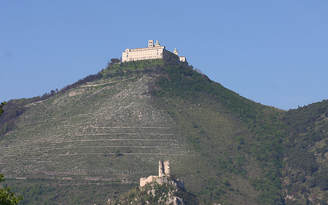 Monte Cassino, in the province of Lazio, is located 81 miles South of Rome is the site of the ancient Roman town of Casinum, but it is best known for its historic Benedictine Abbey that was a focal point for one the most bloody WWII battles. It was St. Benedict of Nursia who established this very first Benedictine monastery around the year 529. After months of battle and tremendous loss of life in 1944, the Abbey suffered extremely severe damage as a result of bombardment by the Allied Forces. After decades of extensive restoration, this architectural wonder and historic landmark once again attracts tourists and pilgrims from all over the world. The site has been visited many times by Popes and other senior clergy, including Pope Benedict XVI in May 2009. This modern rebuilding was not the only time Monte Cassino needed to be reconstructed. In 884 the Saracens sacked and then burned it down, and the Abbot Bertharius was killed during the attack. The monastery was subsequently rebuilt and reached the apex of its fame in the 11th century under the abbot Desiderius (abbot 1058–1087), who later became Pope Victor III. St. Benedict founded a hospital that is considered today to have been the first in Europe of the new era. Benedictine monks took care of the sick and wounded there according to Benedict’s Rule. Benedict founded twelve communities for monks at nearby Subiaco and hospitals were founded as adjuncts to the monasteries to provide charity. Soon many monasteries were founded throughout Europe, and everywhere there were hospitals like those in Monte Cassino. By the 10-11th centuries Monte Cassino became the most famous cultural, educational, and medical center of Europe with great library in Medicine and other sciences. Many physicians came there for medical and other knowledge. The site was also sacked by Napoleon's troops in 1799. After the dissolution of the Italian monasteries in 1866, Monte Cassino became a national monument. The WWII Destruction 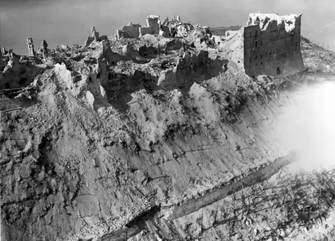 Curiously, during the Battle of Monte Cassino in the Italian Campaign of World War II, the abbey itself was not captured or used by the German troops as part of their fortifications. It was Albert Kesselring, the German commander, who wanted to prevent the historical site from becoming a victim of war. But the abbey fell directly on the Gustav Line, which stretched from the Tyrrhenian to the Adriatic coast in the east, a crucial boundary. Monte Cassino itself overlooked a main highway on the path to Rome. On 15 February 1944 the abbey was almost completely destroyed in a series of heavy American-led air raids, an order given by the Commander-in-Chief of Allied Armies in Italy, General Sir Harold Alexander of the British army. The order was based on erroneous reports from troops on the ground that Germans were occupying the monastery. After the abbey was destroyed, it was confirmed that the only people killed in the monastery by the bombing were 230 Italian civilians seeking refuge there. It was only until after the bombing that its ruins became occupied by a German paratrooper division, because of its excellent vantage point. The Abbey was rebuilt after the war; Pope Paul VI reconsecrated it in 1964. 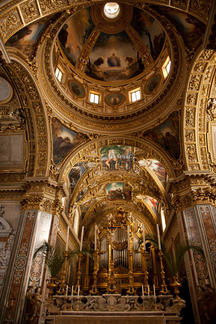 What to See at Montecassino Abbey Today Three war cemeteries were built: the "Cassino War Cemetery", housing the Commonwealth victims, the Polish Cemetery and the Germanic Cemetery. The basilica, richly decorated in stucco and mosaics, enshrines the relics of St. Benedict and his sister, St. Scholastica, which survived the bombings. The abbey museum displays medieval art and artifacts from the monastery and explains the history of monasticism. Montecassino Website 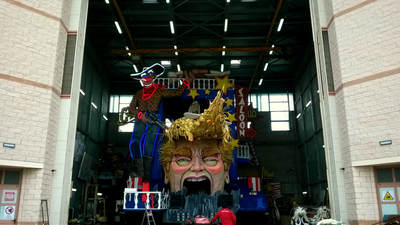 When the Carnivale di Viareggio began, there was a modest parade of festively decorated carriages in the heart of the old beach side resort town. The carnival's roots go back to 1873 when the bourgious of the town were protesting high taxes. They decorated carriages in a mocking fashion to poke fun of politicians in power. At the beginning of the 20th century, the parade moved to the wide Promenade where its popularity as well as the festive floats continued to grow, until today the displays are gigantic in size--some over 60 feet tall! In 1954 the infant RAI TV broadcast the first ever live scenes of the carnival and in 1958 the event was covered throughout Europe on the Eurovision network. Due to their popularity and the floats growing dimensions, huge aircraft style hangers were built to store and construct them on Via Marco Polo. The Carnival in days past 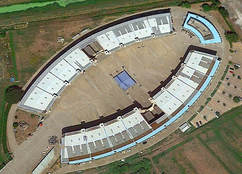 In 2001 the new, 800 foot long, elliptically shaped Cittadella del Carnevale was opened, an extraordinary architectural complex entirely dedicated to the creation and preservation of the Carnival of Viareggio. It's "Hangers" (still the term used) are immense, and while each bay's door is about 45 feet tall, the finished floats can be even taller--up to 60 feet--with their top parts being added by dedicated cranes after they are rolled out of their hangers. Today the Viareggio Carnival claims to be the largest Italian folk event with a budget of € 5 million per year. The "Hanger" itself is also used for concerts and other public events throughout the summer. 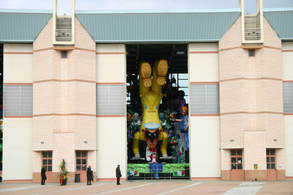 Every year during the Mardi Gras season, the Carnival of Viareggio is live on national television (RAI 3) bringing its color, pageantry and humor to millions. Many famous celebrities, sports figures and even politicians come to Viareggio to admire their cartapesta (papier mâché) effigies, some poking polite fun, others with more blatant political or social commentary. The Carnival lasts for an entire month's worth of both daytime and nighttime festivities with parades of allegorical floats, local parties, masked balls and festivals. The sociopolitical commentary and satire is obvious (and sometimes shocking) in the design of many floats. The main ingredient of the flats are characters--animals, people, monsters and characters from the likes of Swift, Andersen, the Brothers Grimm, Disney or even from popular films and graphic novels (comic books). The floats are usually accompanied by dozens of dancers and singers, and believe it or now, these huge creations are animated! (The videos below are worth watching... Cast or Stream onto your smart TV to watch the entire parade). Viareggio is on the northern coast of Tuscany, about 12 miles north of Pisa and would be a wonderful way to spend the Mardi Gras season in Italy. Carnivale di Viareggio website. --Jerry Finzi |
Categories
All
Archives
May 2023
|

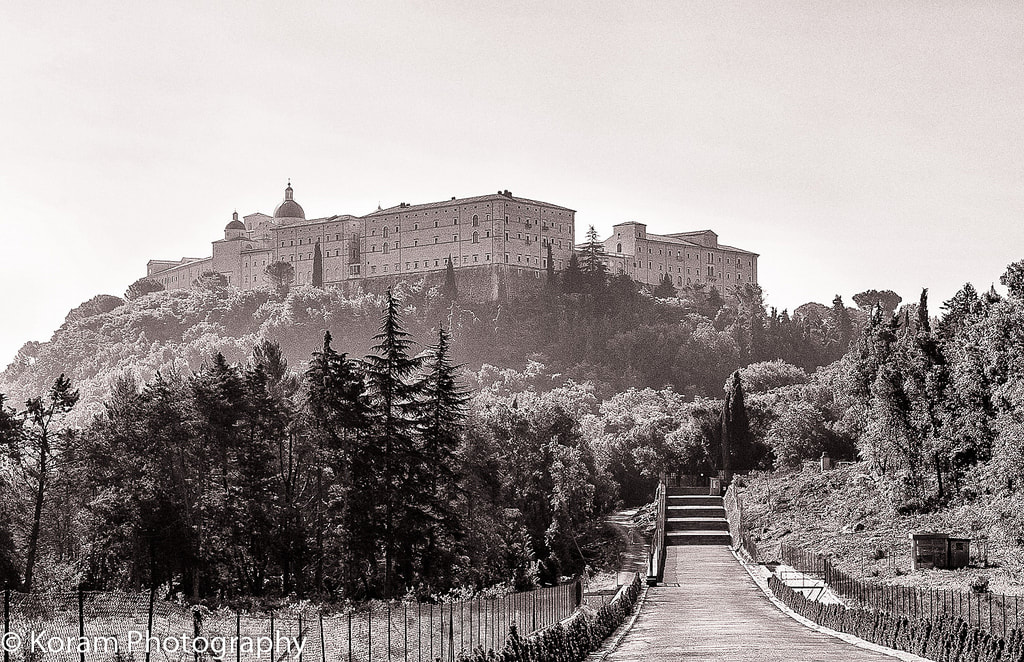
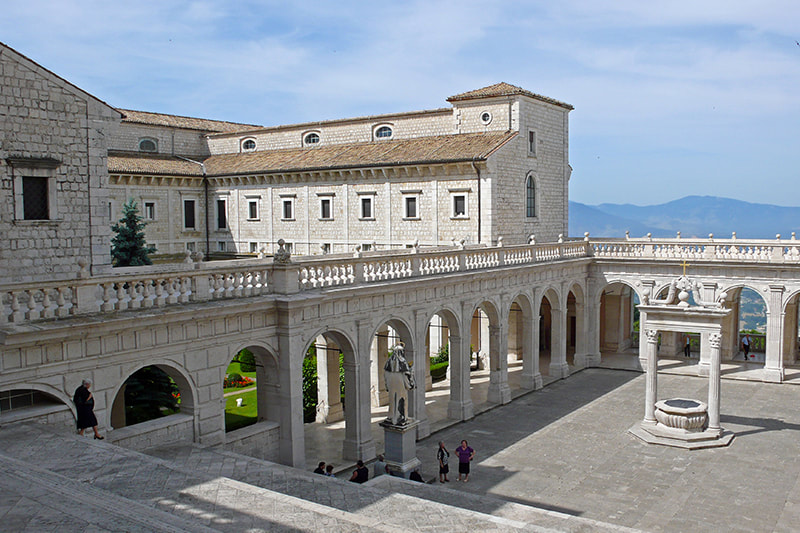
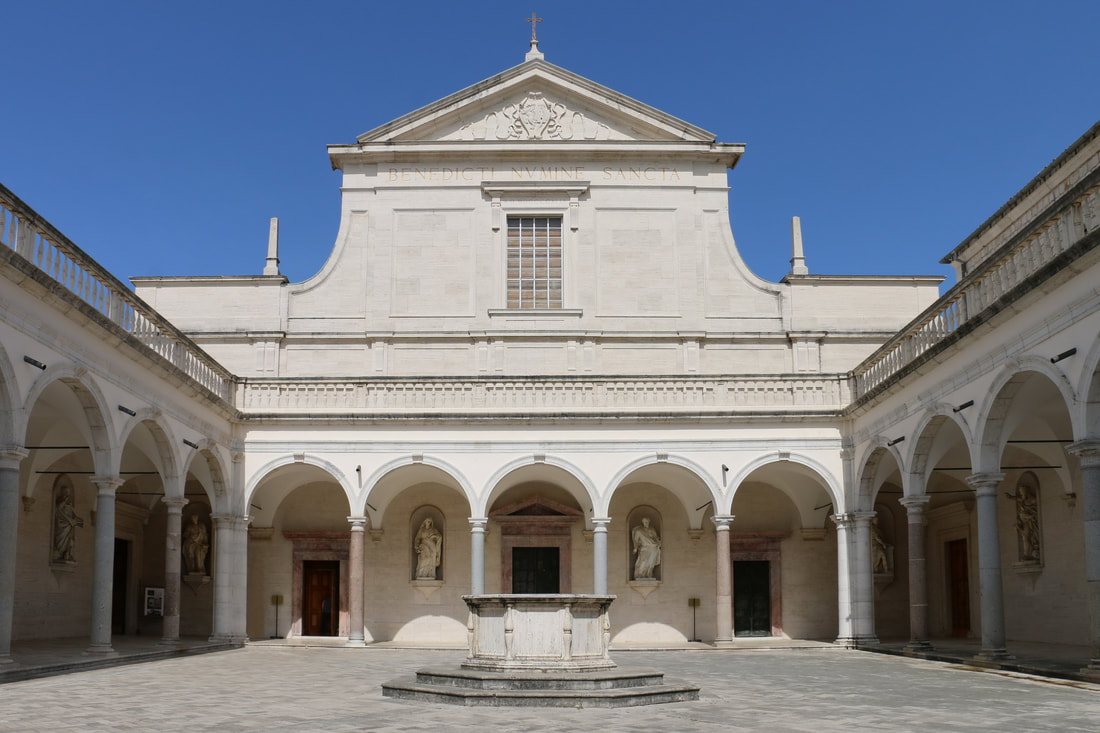
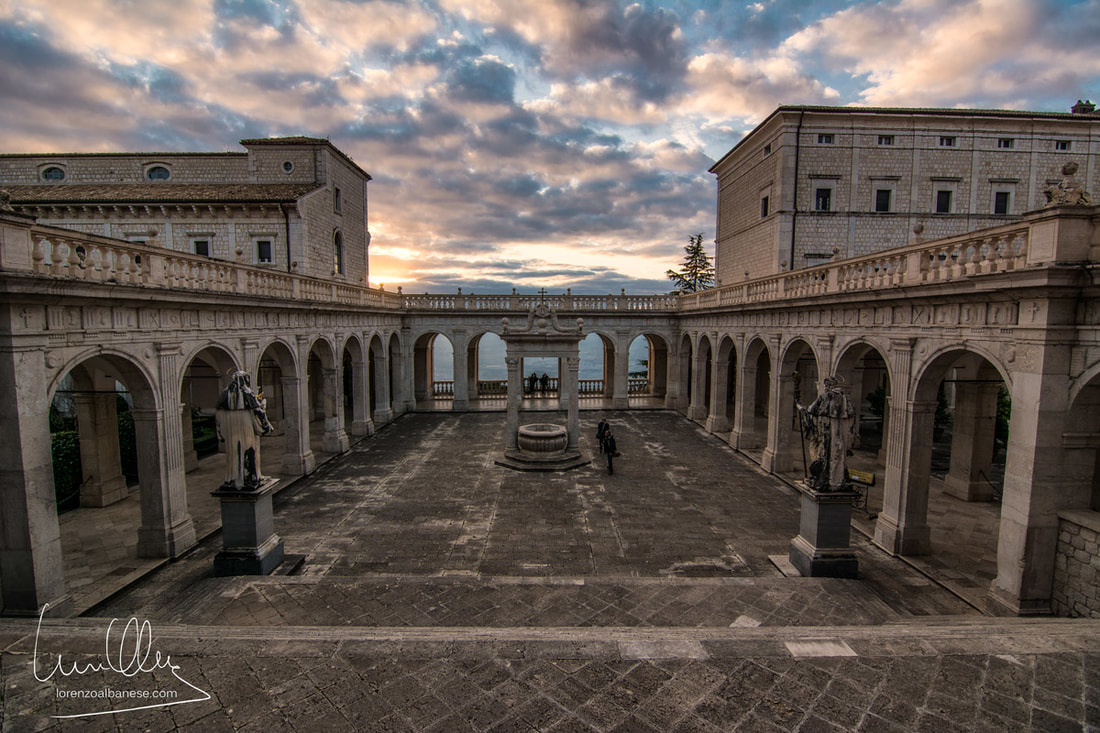
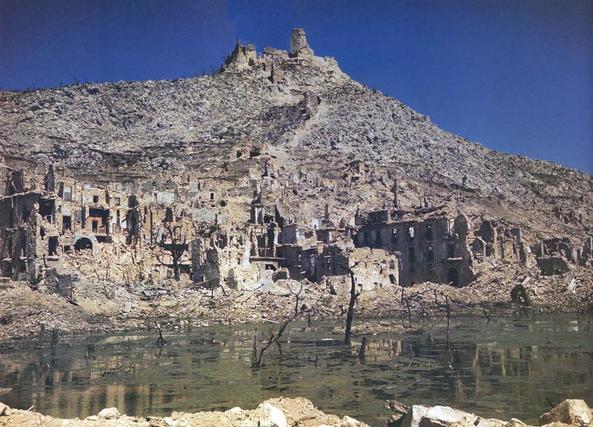
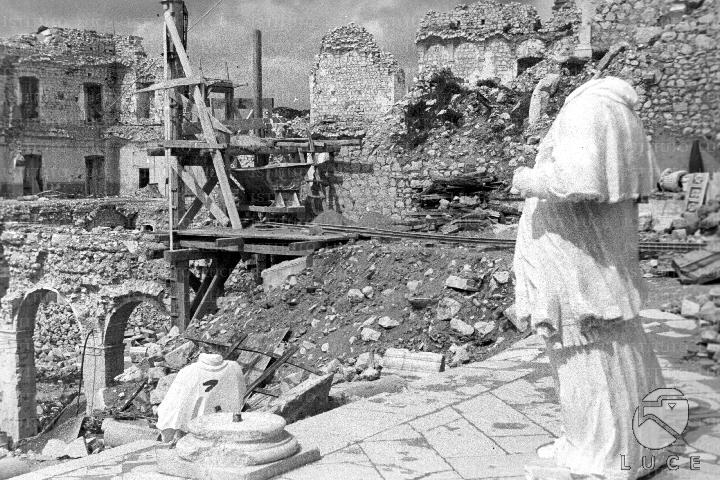
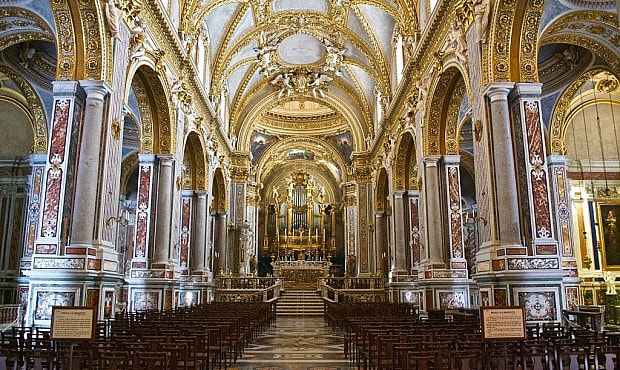
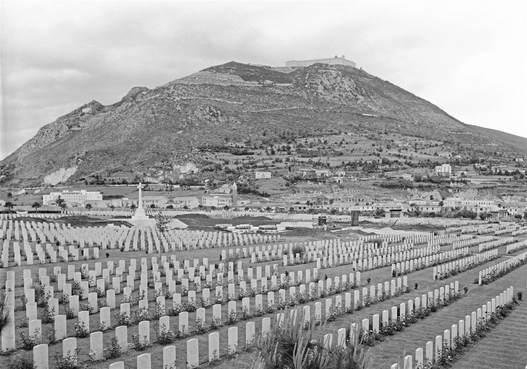
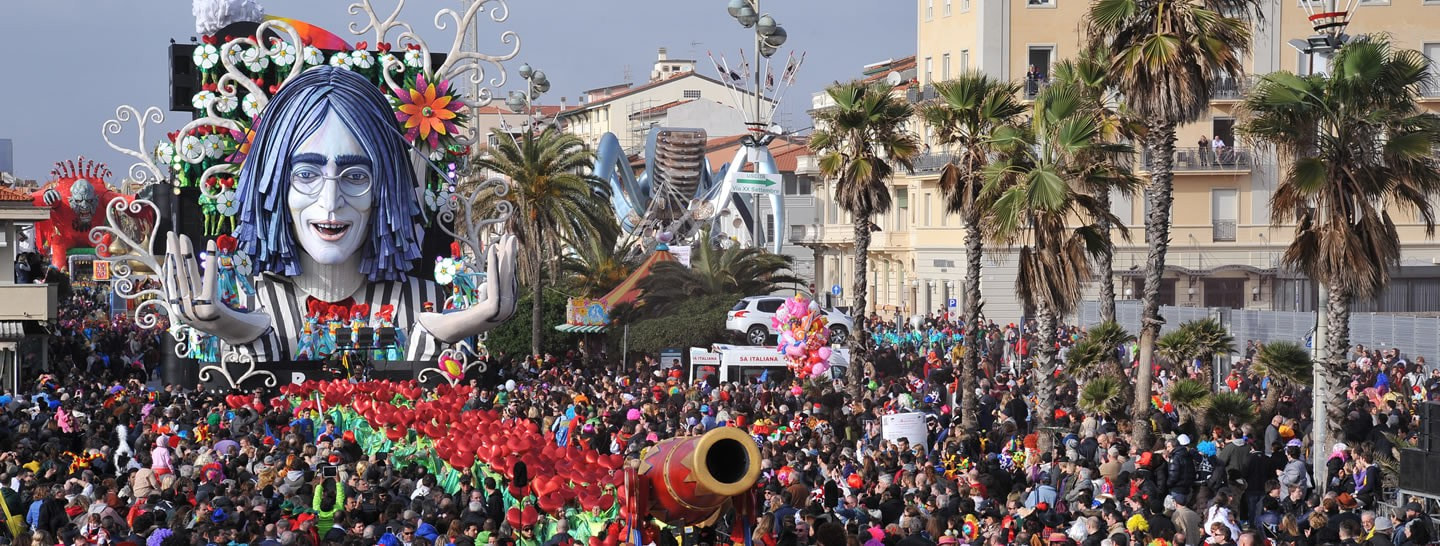
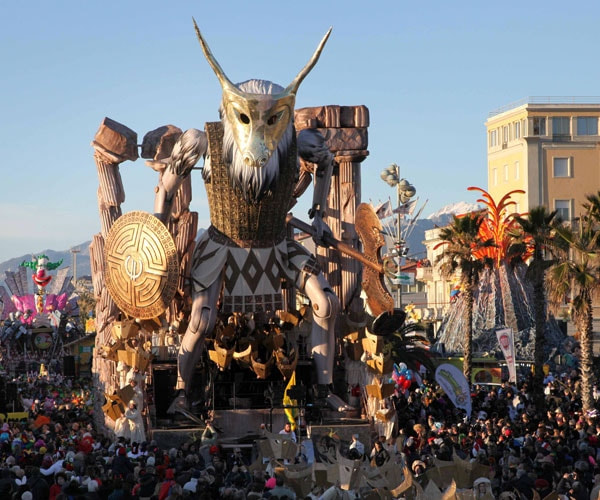
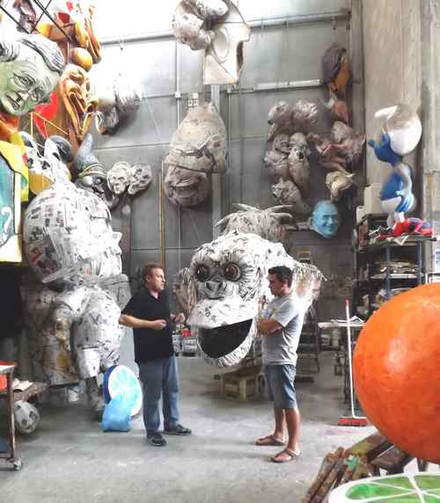
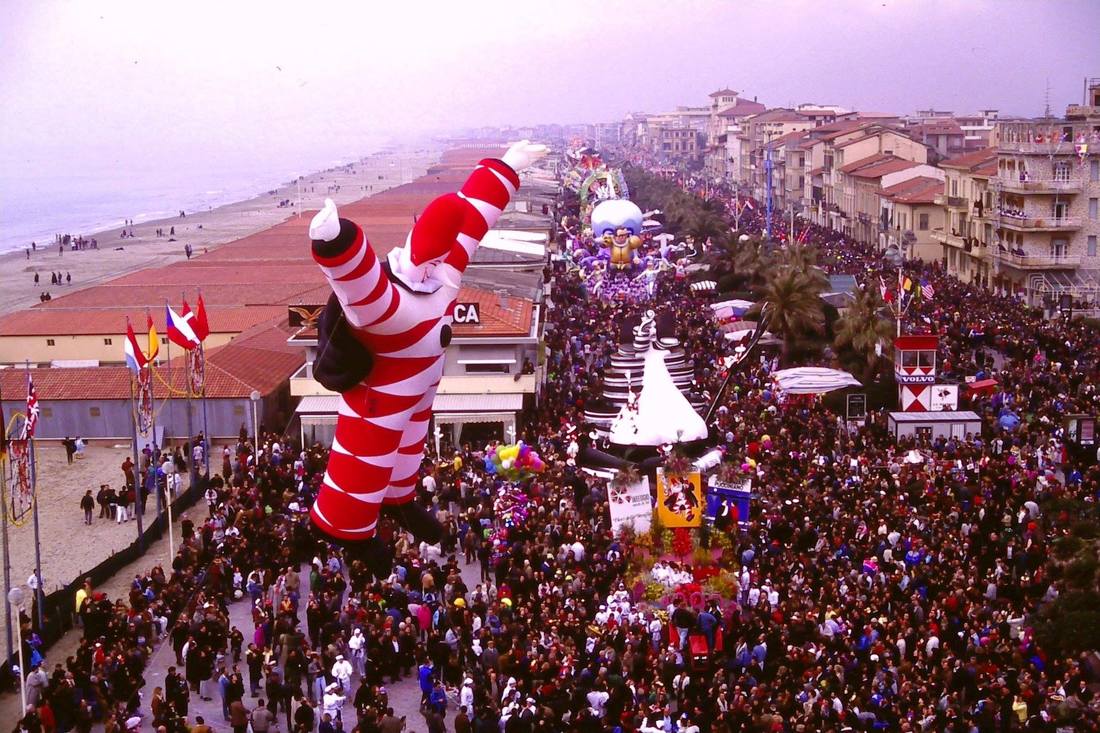
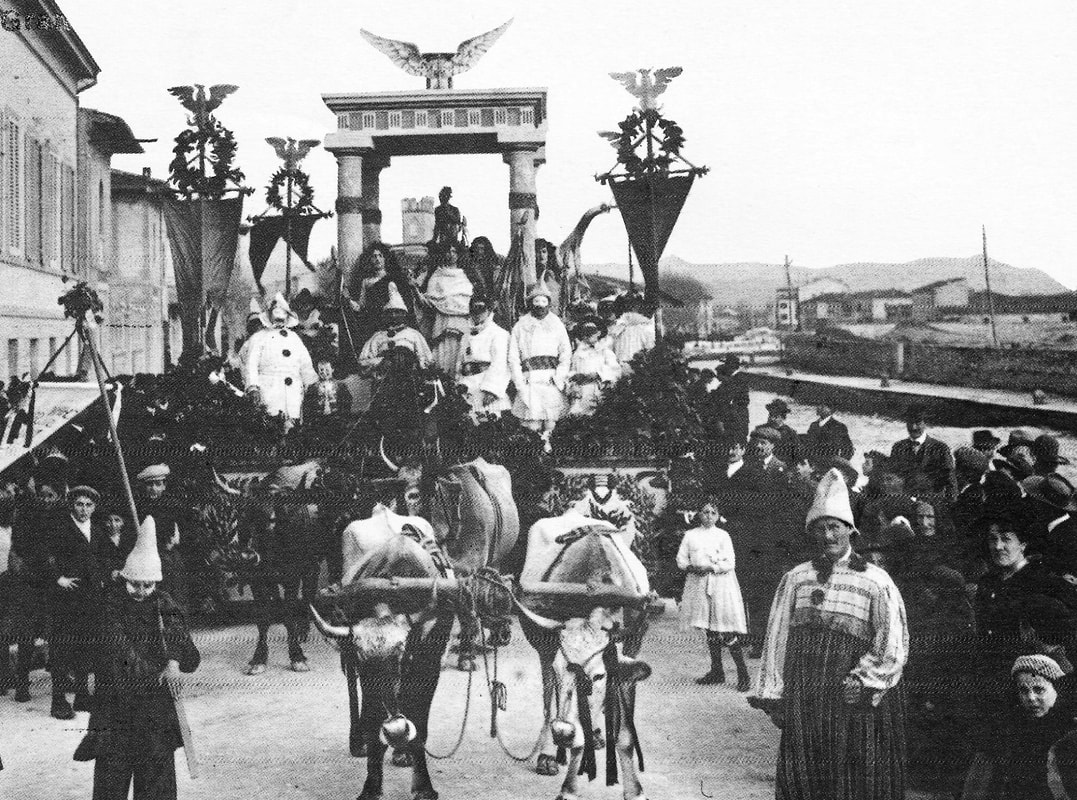
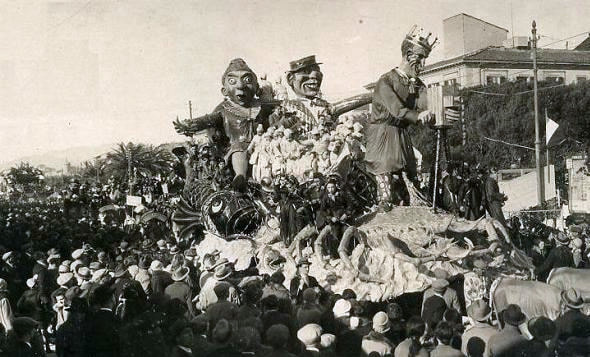
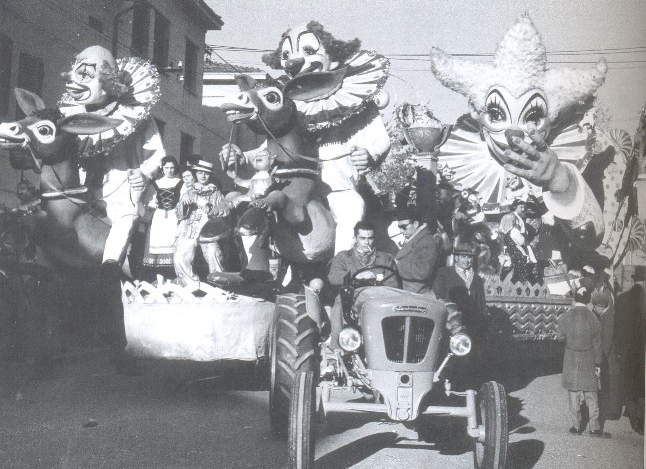
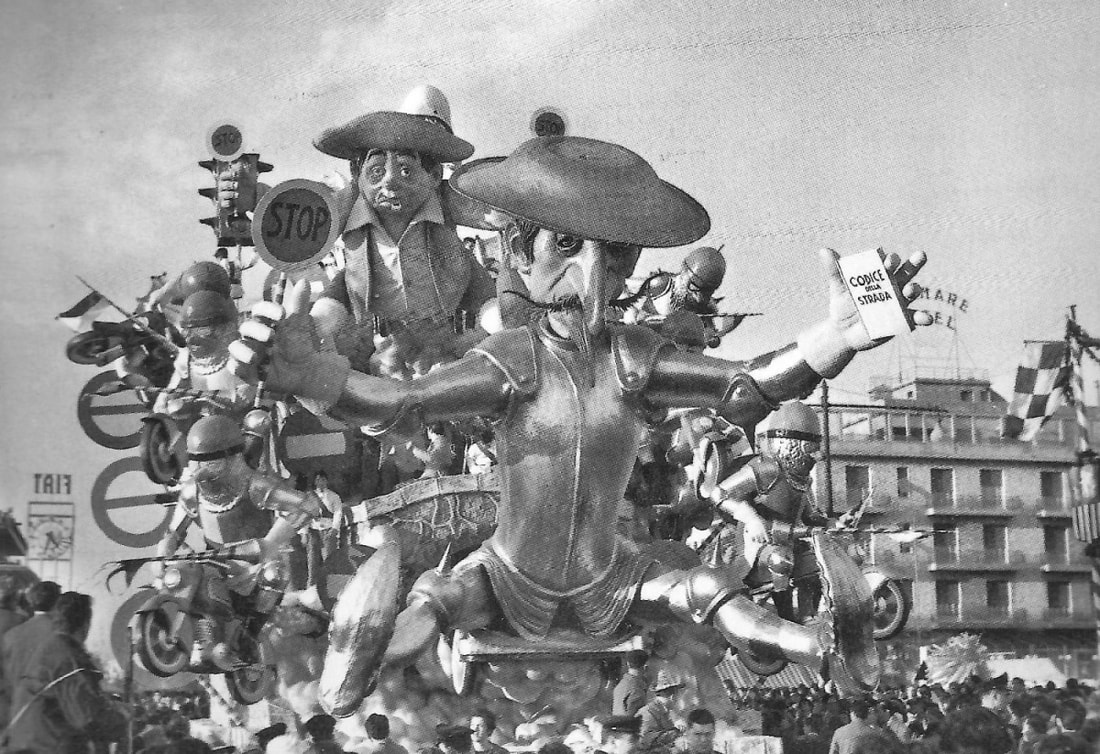
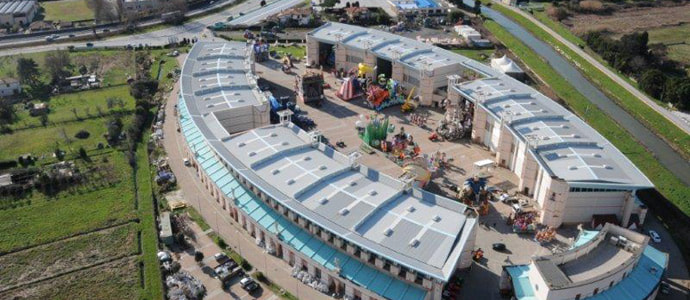

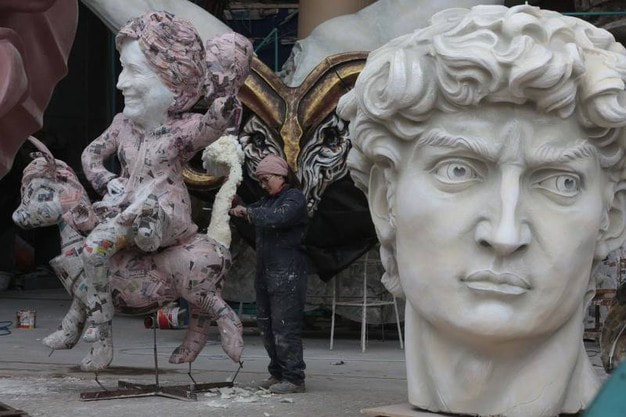

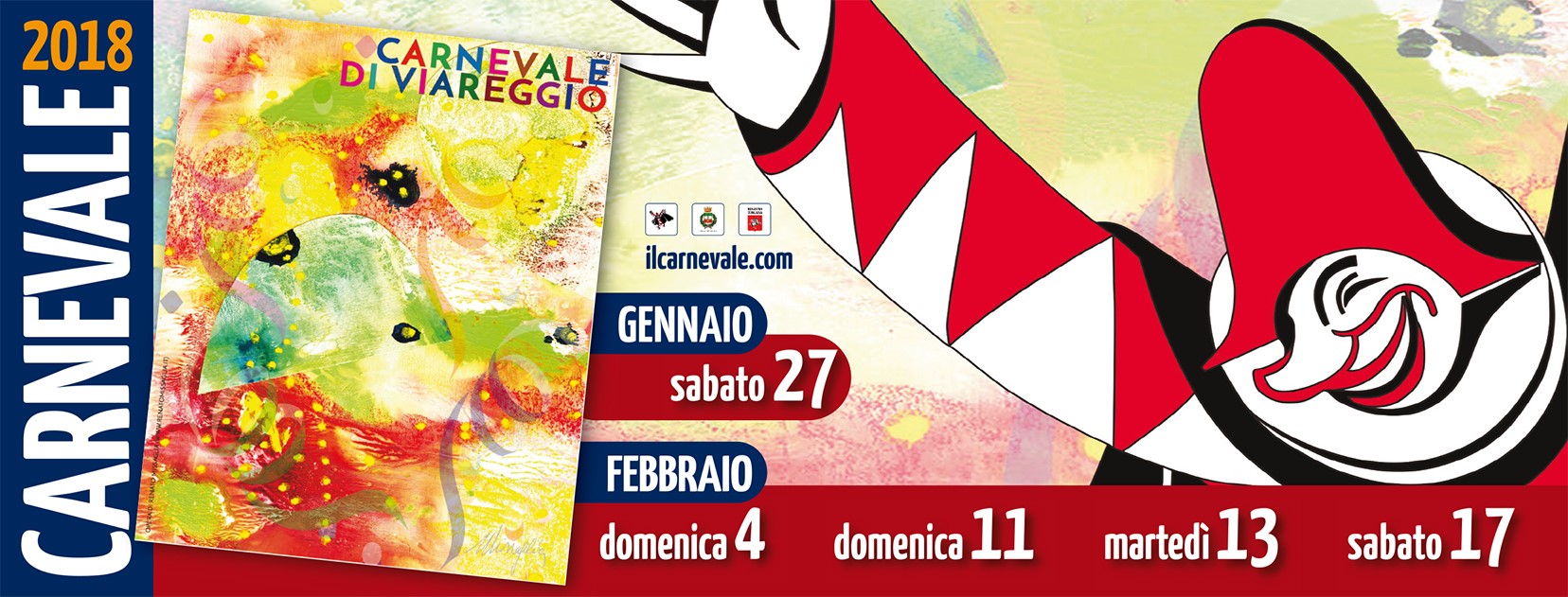


 RSS Feed
RSS Feed
